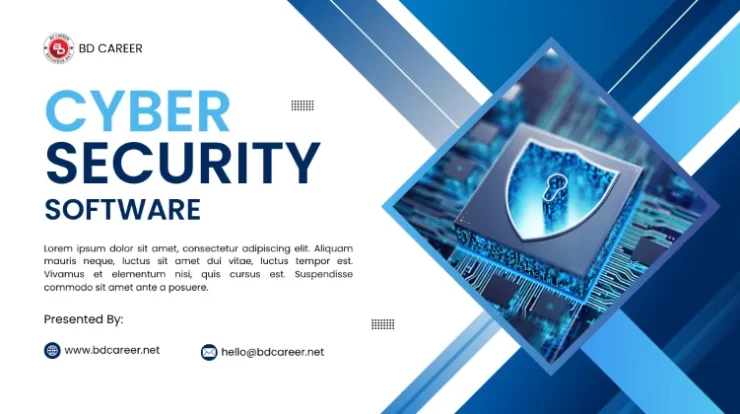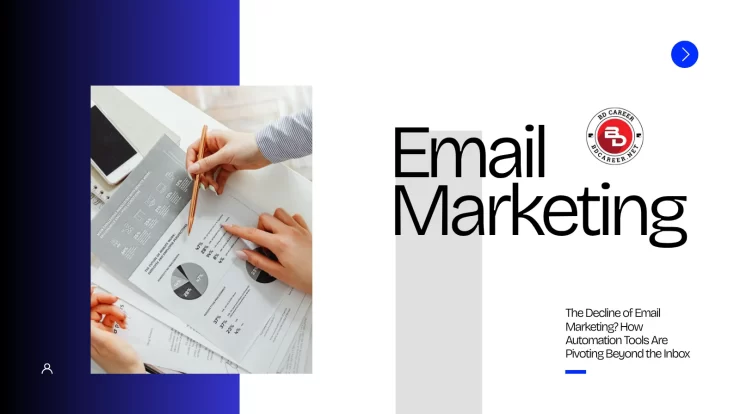
The digital danger scenario is more advanced than ever in 2025. Cyberattacks are becoming more precise, automated, and expensive, and organisations of all sizes and industries are the main targets. Companies can’t rely on old security technologies anymore, whether it’s ransomware shutting down supply lines or AI-driven phishing attacks. For the safety of your digital infrastructure, data integrity, and business continuity, it is important to choose the correct cyber network security stack.
This book will show you how to construct a security stack that can handle today’s and tomorrow’s threats. It will cover the parts, things to think about, and problems that come up.
Contents
Understanding the Security Stack
A network security stack refers to the collection of tools, systems, and practices layered to defend an organisation’s IT infrastructure from cyber threats. Think of it as a layered defence system, where each component protects against specific vulnerabilities or threat vectors.
These layers typically include:
- Perimeter Security (e.g., firewalls)
- Network Monitoring & Intrusion Detection
- Endpoint Protection
- Cloud Security
- Access Management & Authentication
In 2025, interoperability between these tools is crucial. Disconnected solutions often leave gaps that attackers can exploit. A well-integrated stack is more than the sum of its parts. It creates a cohesive defence posture that can detect, respond, and adapt in real time.

Core Components of a Modern Network Security Stack
1. Next-Generation Firewalls (NGFWs)
Traditional firewalls are no longer sufficient. NGFWs offer deep packet inspection, application-level filtering, and behaviour-based analytics. Today’s NGFWs often leverage machine learning to detect anomalies and provide insights into user behaviour, application usage, and encrypted traffic.
Example: Palo Alto Networks and Fortinet lead the market with adaptive firewalls that integrate AI-driven threat intelligence.
2. Intrusion Detection & Prevention Systems (IDS/IPS)
IDS/IPS tools monitor network traffic in real time, looking for known patterns of malicious activity or anomalies that suggest compromise. While IDS alerts you of threats, IPS can actively block them before damage is done.
Use Case: In industries like healthcare, where sensitive data is targeted, a misconfigured IPS could mean the difference between compliance and a massive breach.
3. Endpoint Detection and Response (EDR)
EDR platforms monitor activity on devices such as laptops, smartphones, and servers. They detect suspicious behaviour like privilege escalation or unusual login times, and respond automatically or alert administrators.
Current Trend: With hybrid work becoming permanent, EDR is essential to monitor a wide array of employee-owned and remote devices.
4. Security Information and Event Management (SIEM)
A SIEM system aggregates logs and events from across the stack, correlates them, and highlights potential security incidents. SIEMs have evolved to incorporate AI and automation for faster detection and response.
Modern Example: Solutions like Splunk and IBM QRadar are widely used to support security operations centres (SOCs) in analysing massive volumes of data across the enterprise.
5. Zero Trust Architecture (ZTA)
The traditional perimeter-based model is obsolete. Zero Trust assumes every user or device is untrustworthy by default. It verifies identity, inspects traffic, and applies policies at every access point.
Best Practice: Implement micro-segmentation to limit lateral movement inside networks, and enforce multi-factor authentication (MFA) across all access points.
6. Cloud Access Security Brokers (CASBs)
CASBs act as gatekeepers between users and cloud services. As more organisations use SaaS platforms (like Google Workspace, Microsoft 365, and Salesforce), CASBs ensure data is secure in transit and at rest.
Why It Matters: CASBs provide visibility into shadow IT (unauthorised applications) and enforce data loss prevention (DLP) rules.
Industry-Specific Considerations
Security stacks must align with industry demands and regulatory frameworks.
- Healthcare needs HIPAA-compliant stacks with rigorous data encryption and audit trails.
- Finance requires real-time fraud detection, adherence to PCI-DSS, and transaction monitoring.
- Retail stacks focus on customer data protection and secure POS systems.
- Manufacturing increasingly defends against industrial control system (ICS) attacks and supply chain threats.
Customising your security tools for your sector’s threat profile and regulatory requirements isn’t optional. It’s essential for both compliance and resilience.
Essential Technologies and Tools in 2025
To build a modern security stack, businesses should consider the following technologies:
Technology | Purpose |
Next-Generation Firewalls (NGFWs) | Combine traditional firewall functions with intrusion prevention and application control. |
Endpoint Detection and Response (EDR/XDR) | Provide real-time threat detection and automated response on devices. |
Intrusion Detection/Prevention Systems (IDS/IPS) | Monitor and block malicious network activity. |
Identity and Access Management (IAM) | Enforce user authentication and role-based access control. |
Security Information and Event Management (SIEM) | Centralise security event logging and enable proactive threat detection. |
Data Loss Prevention (DLP) | Monitor and prevent unauthorised data transfers. |
Encryption Tools | Secure data at rest and in transit. |
Network Segmentation & Microsegmentation | Limit attacker movement by isolating network zones. |
Virtual Private Networks (VPN) & Zero Trust Network Access (ZTNA) | Secure remote connections with encrypted tunnels and granular access control. |
Threat Intelligence & AI/ML Analytics | Enhance detection capabilities by analysing patterns and predicting attacks. |
These technologies must be integrated and managed cohesively to avoid gaps and overlaps.

Emerging Technologies to Watch
AI-Driven Threat Detection
Artificial Intelligence is now used in behaviour analytics, phishing detection, malware analysis, and real-time incident response. These tools learn normal system behaviour and flag deviations instantly.
SASE (Secure Access Service Edge)
SASE combines network and security functions into a single cloud-native service, including SD-WAN, CASB, ZTA, and firewalls. It’s designed for distributed enterprises where users access resources from anywhere.
Blockchain and Decentralised Identity
While still nascent, blockchain is being explored to create tamper-proof logs and decentralised identity systems, particularly in identity verification and supply chain integrity.
Quantum-Resistant Encryption
As quantum computing develops, encryption protocols will need upgrading. Some forward-thinking organisations are exploring quantum-safe algorithms as part of their long-term strategy.
Common Pitfalls and How to Avoid Them
1. Tool Overlap and Redundancy
Many companies overbuy tools that serve the same purpose, leading to integration issues and inflated costs. Conduct regular audits to eliminate redundancy.
2. Misconfigured Systems
Even the best tools fail if poorly set up. In 2025, configuration errors remain among the top causes of breaches. Always follow vendor-recommended practices and automate policy enforcement where possible.
3. Ignoring Insider Threats
Not all threats come from outside. Implement user behaviour analytics (UBA), strict privilege controls, and continuous monitoring to guard against accidental or malicious internal breaches.
4. Lack of Staff Training
Technology alone can’t stop attacks. Phishing remains highly effective in 2025 because many users aren’t trained to recognise threats. Continuous training is essential.

Building a Scalable and Future-Proof Stack
Modularity is Key
Choose security tools with open APIs and support for integration with other platforms. This makes your stack flexible and future-ready.
Cloud-Native vs. On-Premise
Most businesses are moving toward hybrid or full-cloud environments. Your stack should support elastic scaling and cloud-native functionality.
Partnering with MSSPs
Managed Security Service Providers (MSSPs) offer outsourced expertise, 24/7 monitoring, and advanced threat intelligence. For smaller firms, this can be a cost-effective way to maintain strong defences without a full in-house SOC.
Conclusion
In 2025, protecting digital infrastructure demands a layered, integrated, and adaptive network security stack. Businesses must combine proven technologies like firewalls, endpoint protection, IAM, and SIEM with modern approaches such as Zero Trust and microsegmentation. Cloud readiness and continuous monitoring are no longer optional but essential.
By investing in a comprehensive security stack and following best practices, organisations can build resilience against increasingly sophisticated cyber threats, safeguard critical data, and maintain trust with customers and partners in an ever-evolving digital landscape. This guide serves as a roadmap for businesses seeking to strengthen their network defences in 2025 and beyond, ensuring their digital infrastructure remains secure, compliant, and resilient.





